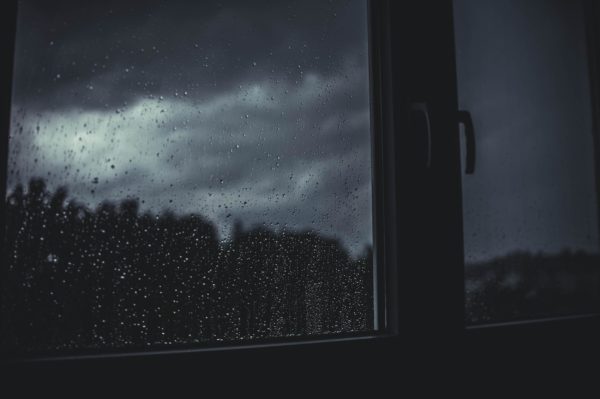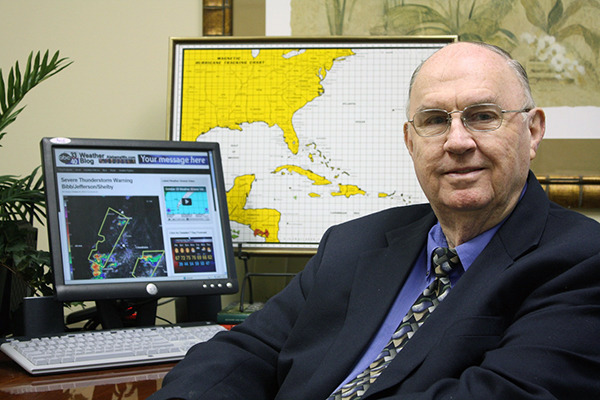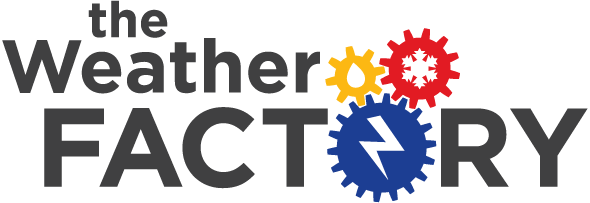Natural Disaster Planning for the Whole Family
By Jason Williams
StormSafety.org
In a natural disaster, your number one focus is getting your loved ones to safety as quickly as possible. But if you don’t have a natural disaster plan in place, you won’t be able to react quickly and decisively in an emergency. That’s why it’s so important to have a reliable emergency plan before a natural disaster is in the forecast.
This is how to create an emergency preparedness plan that keeps everyone in the family safe…
1. COLLECT CONTACT INFORMATION
A disaster can strike at any time, including when family members are away from home. Collect personal contact information as well as numbers for workplaces, schools, childcare providers, and caregivers so you can reach each other in an emergency. Each person should have the numbers programmed into their cell phone and carry a paper copy in their wallet, purse, or backpack.
Keep in mind that you may need to text your contacts in an emergency due to overloaded cell networks, so include mobile phone numbers in your contact list wherever possible. If you have senior family members who don’t have cell phones or still struggle with their smartphones, buy them a simple prepaid flip phone for emergencies and teach them how to use it. You can find more tips about how to communicate during a natural disaster at Verizon.
2. CREATE AN EMERGENCY KIT
An emergency kit should include all the things you need to survive in an emergency. Ready.gov recommends enough supplies to last 72 hours, but if you have space, aim for a week’s supply.
Every family’s emergency kit should have the same core supplies: non-perishable food and water for drinking and sanitation, a battery-powered or hand-crank radio, plastic sheeting and duct tape, flashlights, sanitation supplies, a first aid kit, basic tools (including a can opener), and batteries.
Include spare medications and medical devices for anyone with a health condition and non-powered mobility devices for seniors and people with disabilities. For special medical needs like dialysis or oxygen tanks, ask your doctors and medical equipment providers how you can prepare for an emergency. Individuals with disabilities and health conditions should also collect copies of medical information in case they can’t access their usual healthcare providers. Include copies of medical records, a list of current and past medications, health insurance documents, and important healthcare contacts. Ensure the information is well-organized so doctors can easily interpret the records.
3. DESIGNATE MEETING PLACES
Your family needs three meeting places: a safe room at home, for when you need to shelter in place; a neighborhood location, for when you need to evacuate your home; and a location outside the neighborhood, in case you can’t get home. Choose locations that are familiar and practice getting to each location with your children. If your family includes people with disabilities, your meeting places also need to be accessible.
4. IDENTIFY A SAFE ROOM
Some emergencies call for sheltering in place. Sheltering in place means taking immediate shelter in your home, school, workplace, or wherever you are when a disaster strikes. Schools, workplaces, and public facilities have established procedures for sheltering in place, but you need a plan if you’re at home during a disaster.
Designate a safe room in your home where your family can shelter. In regions prone to extreme weather, homeowners may have specialized safe rooms built into their homes or on their property. If you’re not in a high-risk area, an existing room can serve as a safe room. An ideal safe room is on the bottom floor and has no exterior walls or windows. WhatHappensNow warns that family members with mobility challenges may not be able to descend stairs quickly or at all in an emergency. In that case, you’ll want to choose a safe room on the main floor.
Completing your family’s emergency plan is a great first step, but it’s not enough. Rehearse your plan with your family on a regular basis and remember to update contact information and supplies as they change or expire. If you want to stay safe in an emergency, you need to make emergency preparedness an ongoing effort.
Category: Partner News Stories
















